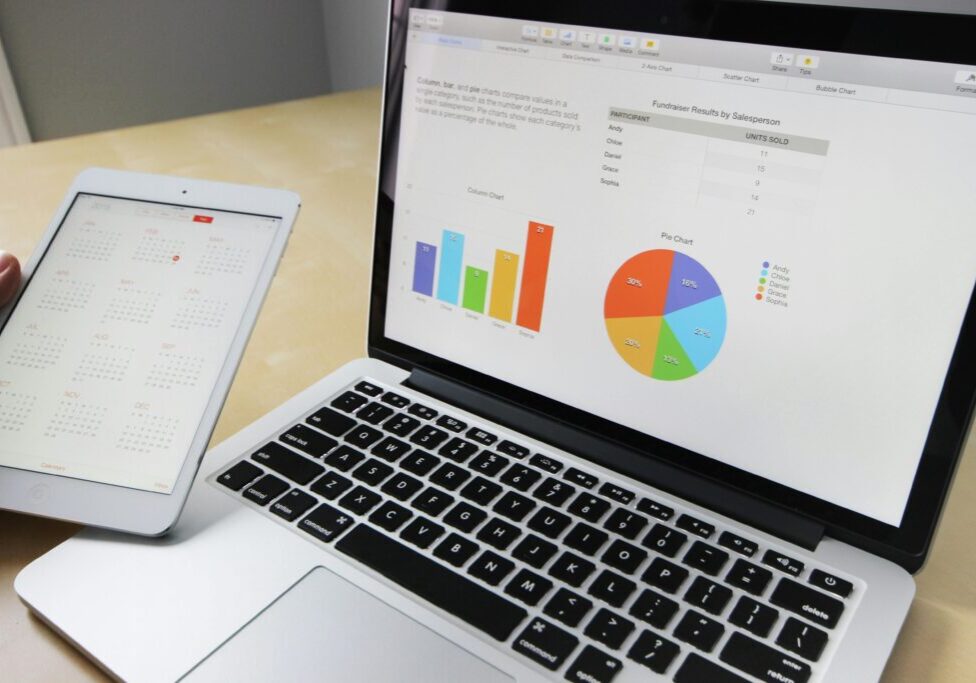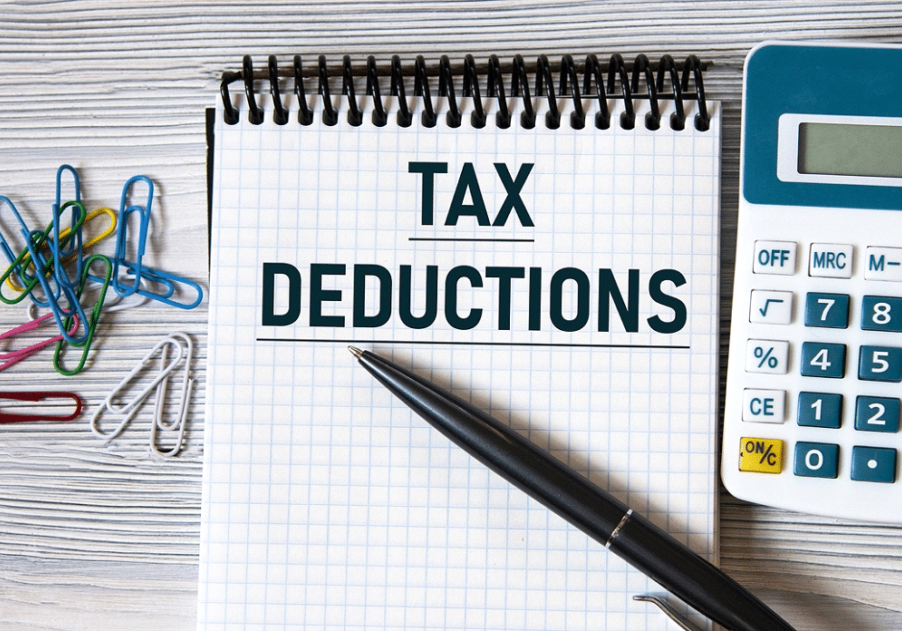What do you have & where do you want to be?
Financial planners say it is never too late to start saving for retirement; it is also never too early to start saving.
Imagine climbing a mountain and having no idea 1) of the starting point, 2) how to go about it, 3) the effort required, or 4) knowing where the summit is. Standing in front of the mountain it would be understandable if, even after considerable time and good intentions, one made no progress. Or if one had started and were part way up quit as a result of not knowing the resources and effort required, let alone not knowing where the top is. And of course retreating out of frustration means all efforts have been wasted. In terms of retirement funds, spending funds accumulated to date for non-retirement purposes.
The point is a plan is required for establishing and achieving retirement goals and financial independence. Here is a model that will help you plan, establish your goals and track your progress.
An Excel spreadsheet template is available and may be downloaded from our website at Alegriacpas.com under Resources tab. The template begins with current year details of assets and allows for projecting additions and investment returns into the future. The goal is to calculate what one will have accumulated in the year one plans to retire.
The template is a basic model that should be tailored to one’s particular needs. For example an employee who has just started working may initially require only a few lines. A successful entrepreneur with multiple businesses and a wide array of investments will most likely expand the categories. You may choose to develop your own model. Using a spreadsheet makes changes and updates quick and easy. Plus you can instantly see the results of changes in assumptions.
In the model, assets and liabilities are organized in the same manner as one’s personal net worth. The most liquid assets are listed first, followed by longer term investments (including those that may not produce annual income but hopefully will grow in value such as collectible art, antiques, precious metals, etc.).
Autos, RVs, house, cabin, and other non-income producing assets are listed in a separate category along with associated debt. Real property may appreciate and debt will decline as payments are made. While certainly assets, these are not income producing.
College savings and other accounts established for children are entirely segregated as they are not intended to be part of your net worth available for retirement.
Each category of income producing assets provides a line for additions and a rate of return applicable to that category. An annual increase for inflation is provided for real property. Other non-income/non-appreciating assets may be accounted for, but only for determining one’s current net worth as they will probably not be worth much in the long term or will be replaced.
All items and categories automatically tally every year. For example, cash and investment accounts, including retirement accounts such as IRAs and 401(k)s, extend across the spreadsheet all the way to the year of planned retirement. Each year the amount added to any category must be entered on a new line; by doing so one see’s the monetary effect of a contribution today years into the future.
To illustrate: If contributions to a 401(k) account total $20,000 at the beginning of the first year, with an 8% return the value next year would be $21,600. If an additional $5,000 was contributed to the 401(k), that would be entered on a new line in the second year. The third year shows the initial amount at $23,328, the second year at $5,400 and the new year addition. If the 401(k) addition in the third year was $6,000, then at the end of the third year the 401(k) will total $34,728.
Other categories are projected similarly. Properly constructed, the model will show what your asset accumulation projections total years into the future. Each year, projections of what was planned for the current year are changed to the actual amounts and future projections automatically are updated.
This is only a model and therefore estimates are required and outcomes most likely will not be as planned.
Also, investment returns are not consistently 8% year after year; returns fluctuate, sometimes wildly. There are sophisticated models available for free on the internet at major brokerage firms’ websites that will more accurately project your retirement and other investment accounts. So why not just use those models? Using the model described will help you better understand the numbers as well as track your progress and assess it annually. So use both.
What is the total projected value in the model at your planned date of retirement? Is it enough to get you where you want to be? In the next edition assessing what you need to retire will be addressed.
Barry Warner is managing partner with Alegria & Company, PS.
He can be reached at: bwarner@alegriacpas.com










